Running is a fantastic way to stay fit, explore the great outdoors and improve your mental well-being. However, choosing the perfect pair of running shoes is essential for a comfortable and injury-free run. The Athlete's Foot is here to help, with expert advice on selecting the ideal footwear from top brands such as Adidas, New Balance, Asics, and more. Let's dive into the key factors to consider when choosing your running shoes.
Understanding Your Foot Type
Arch Type
One of the first steps in selecting the perfect running shoes is understanding your foot's arch type. There are three main arch types: neutral, flat (low), and high. A simple wet test or visiting a specialist running store can help determine your arch type. Different arch types require different levels of support, so knowing yours is crucial.
Gait Analysis
Your running gait is the way your foot moves when you run. The most common types of gaits are neutral, overpronation, and underpronation (supination). Overpronators tend to have flat feet, while underpronators usually have high arches. A neutral gait falls somewhere in between. Your gait type will affect the type of shoe you need, with specific shoes offering support and cushioning tailored to each gait.
Types of Running Shoes
Once you know your foot type and gait, it's time to explore the various types of running shoes available.
Neutral Shoes
Neutral running shoes are suitable for runners with a neutral gait or slight overpronation. These shoes offer moderate arch support and cushioning, making them ideal for most runners. Some popular neutral shoe options include Asics running shoes, New Balance 1080, and New Balance 880.
Stability Shoes
Stability shoes are designed for runners with moderate overpronation. They provide added support and help control excessive inward foot rolling. Some popular stability shoe options include Saucony Endorphin Speed, Brooks running shoes, and Mizuno.
Motion Control Shoes
Motion control shoes offer maximum support for severe overpronators or runners with flat feet. These shoes help control excessive foot movement and provide a stable platform for your run. Popular motion control shoes include New Balance South Africa's range, Altra South Africa, and Hoka.
Shoe Categories
Running shoes are also categorised based on their intended use, such as:
Road Running Shoes
Road running shoes are designed for pavement, tarmac, and light trails. They offer a good balance of cushioning, support, and flexibility. Some popular road running shoe options include running shoes for men, ladies running shoes, and New Balance running shoes women.
Trail Running Shoes
Trail running shoes are designed for off-road terrain and provide excellent traction, protection, and support. Some popular trail shoe options include trail running shoes, Altra shoes, Saucony Peregrine, and trail running shoes South Africa.
Lightweight Racing Shoes
These shoes are designed for fast-paced running or racing. They offer less cushioning and support than regular running shoes but are lighter and more responsive. Some popular lightweight racing shoe options include Saucony Endorphin Speed, Altra South Africa, and New Balance 1080.
Sizing and Fit
Finding the right size and fit is essential for a comfortable run. Here are some tips to help you find the perfect fit:
- Measure your feet in the evening, as they tend to expand during the day.
- Wear the socks you plan to run in when trying on shoes.
- Ensure there's enough space between your longest toe and the end of the shoe (about a thumb's width).
- Check for a secure heel fit, without excessive slipping or tightness.
- Make sure the shoes feel comfortable from the moment you put them on – don't expect them to "break-in" over time.
Gender-Specific Options
Many running shoe brands offer gender-specific models, catering to the unique biomechanical differences between men and women. Womens trail running shoes often have a narrower heel and more significant arch support, while men's options may be broader and more cushioned. It's essential to choose shoes that cater to your gender and foot shape for optimal comfort and support.
When to Replace Your Running Shoes
Running shoes tend to wear out after 300-500 miles (480-800 km) of use, depending on factors such as body weight, running surface, and shoe quality. Regularly inspect your shoes for signs of wear and tear, such as compressed cushioning or worn-out treads, and replace them when necessary.
In conclusion, finding the perfect running shoes involves understanding your foot type, gait, running needs, and personal preferences. With expert advice from The Athlete's Foot and a wide selection of top brands like Adidas, New Balance, Asics, Saucony, and more, you can be sure to find the ideal pair to keep you running comfortably and injury-free. Visit our online store or one of our locations to explore our extensive range of running shoes and accessories. Happy running!

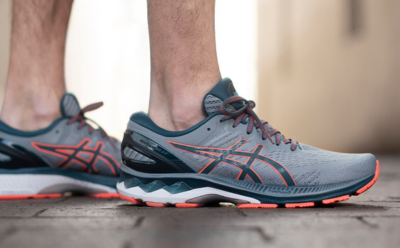
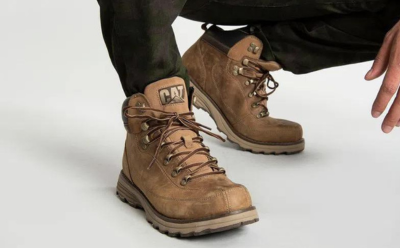
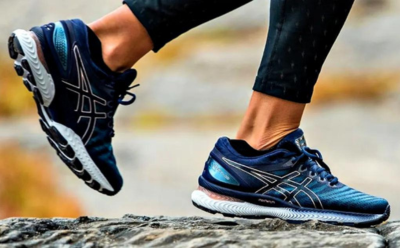
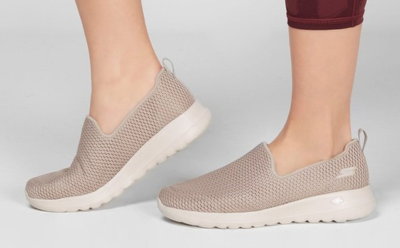
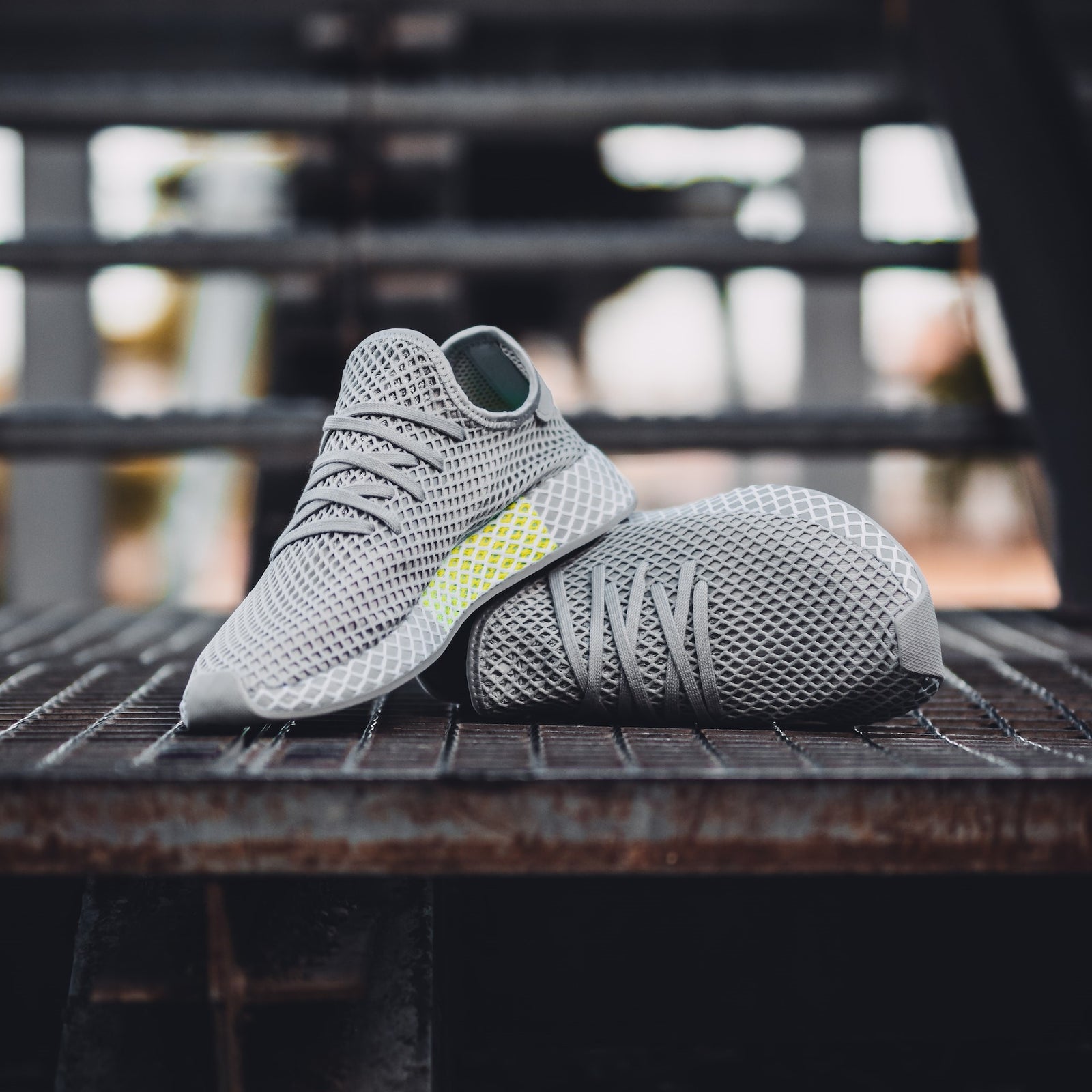

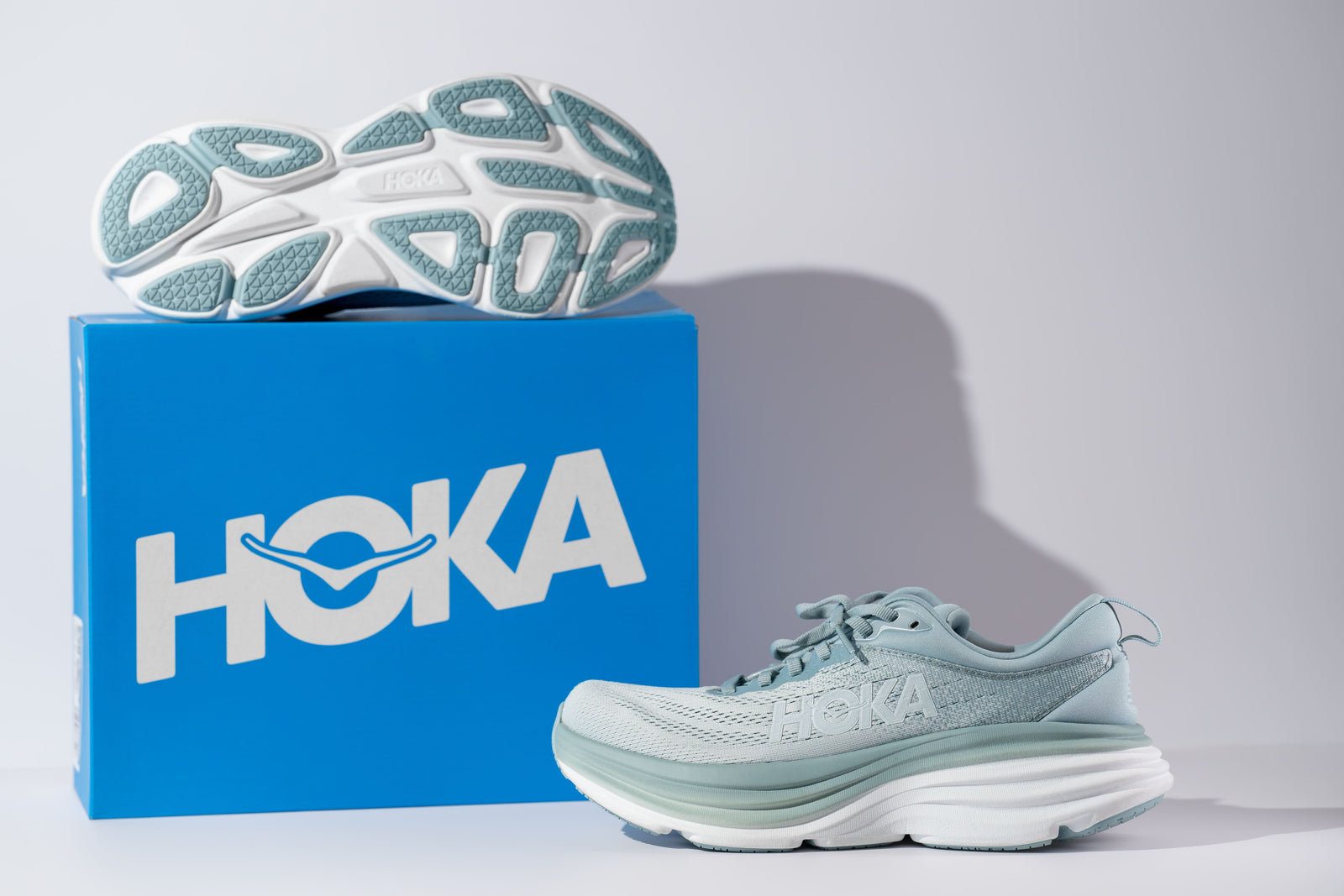
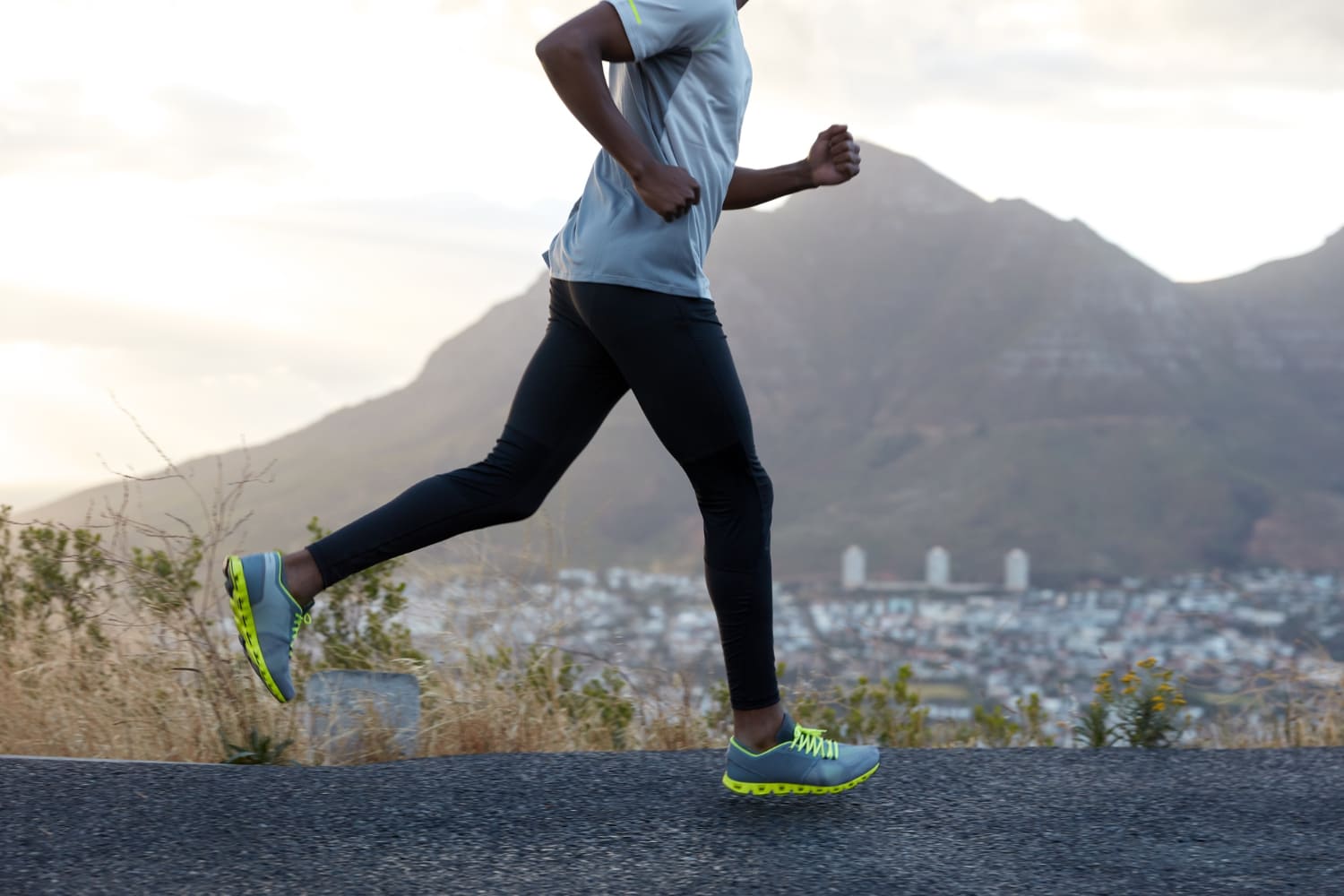
Leave a comment (all fields required)